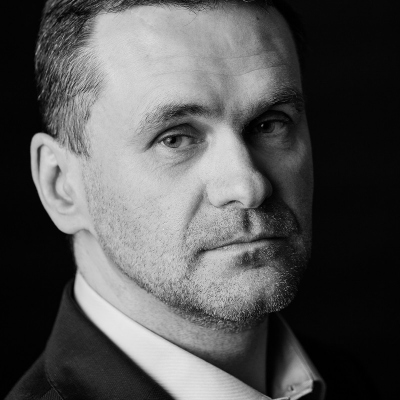Reprivatisation without myths
The issue of reprivatisation is currently being presented through the prism of numerous controversial aspects of restitution processes. This distorts the picture of reprivatisation, which in any event is a limited phenomenon in Poland.
Unlike most of the countries in Central & Eastern Europe, where the purpose and justification for post-war nationalisation of property has been re-examined holistically, in Poland reprivatisation has boiled down to reviewing whether expropriation was conducted in compliance with the law in force at that time. Thus it is an attempt to reverse illegality. Only former owners whose property was taken from them in violation of the existing regulations can count on any form of restitution. Thus Poland has a distinct and limited form of reprivatisation.
But this limited reprivatisation is generating widespread opposition because the public debate stresses controversial issues surrounding recovery of property taken by the communist authorities. So it would be worthwhile to identify and dispel some of the most unwarranted views on reprivatisation in Poland.
Myth of ubiquitous claims traders
It is alleged that today’s reprivatisation procedures are no longer pursued by former owners (or their heirs), but third parties who bought their claims from them. But as shown by the example of Warsaw, buyers of claims represent only a relatively small percentage of persons pursuing reprivatisation claims—according to the “White Book” in Warsaw, 16%.
Myth of recovery using curators
A curator is appointed by the court to exercise oversight of the actions taken by the court. A curator always acts for and on behalf of persons whose whereabouts are unknown, or a person’s heirs. Consequently, the curator never becomes the direct owner of recovered property as a result of a reprivatisation proceeding, because the compensation received must be paid into a deposit account especially created for this purpose.
Myth of automatic effect of indemnification agreements
Signing of indemnification agreements by the People’s Republic of Poland with certain other countries did not in itself release Poland from reprivatisation claims of citizens of those countries. This effect occurred only in situations where in the specific instance, the given claim was covered by the agreement (for example, the agreement with France covered only the nationalisation of industries), compensation was paid, and the beneficiary waived further claims.
Myth of free return of buildings erected or renovated after the war
Recovery of property on which a building was erected after the war is permissible only after the former owner of the property (or legal successors) buys out the building. And in the case of return of a building renovated by public entities, reimbursement is paid for expenditures on the property, including reimbursement of the renovation costs.
Retailing of these myths renders the debate about reprivatisation in Poland misleading and fails to reflect the need to redress injuries caused by unlawful seizure of property.
Krzysztof Wiktor, Radosław Wiśniewski, Reprivatisation Practice, Wardyński & Partners

